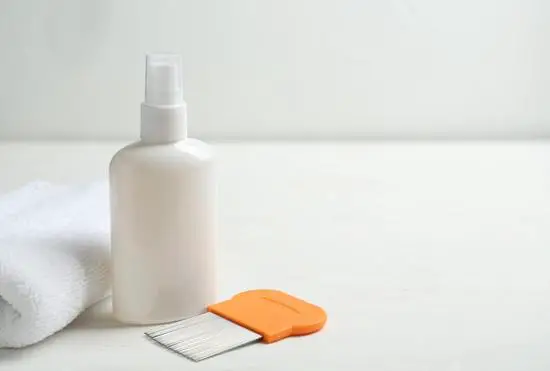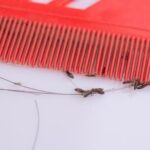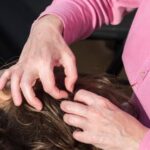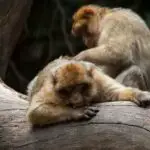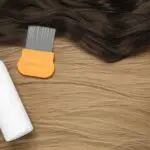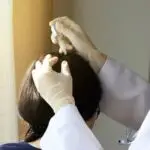Where Does Head Lice Come From Originally?
Head lice may have originated from another species of parasite, but scientists are unsure of how they got in our bodies. It’s been estimated that head lice have existed for thousands of years. In fact, they have been found on Egyptian mummies. It’s believed that they descended from body lice, and most likely evolved over 100,000 years ago.
Although head lice are not a disease that’s contagious, they can be spread by physical contact. In order to get rid of lice, you must remove the eggs (nits) from your hair. Unfortunately, most lice treatments only kill the lice eggs, not the parasite itself.
The louse is an obligate ectoparasite of humans. They live close to the scalp and feed on human blood. They can’t survive without food or water, so they need to move onto a new host within 24 hours. In addition to humans, lice can infest all mammals and bird species.
Lice eggs are attached to strands of hair and can remain on the head for 30 days without treatment. The life cycle of the head louse begins with the nit, which lasts around 10 days. Then, the nymph matures and grows into an adult louse. The adult head louse lives for three to four weeks and will lay up to six or 10 eggs a day.
Lice can also infest clothing. Both head and body louse infestations are spread through head-to-head contact. Body louse are more common and affect the homeless, refugee, and migrant populations. Body louse are caused by poor hygiene, dirty environments, and overcrowding.
